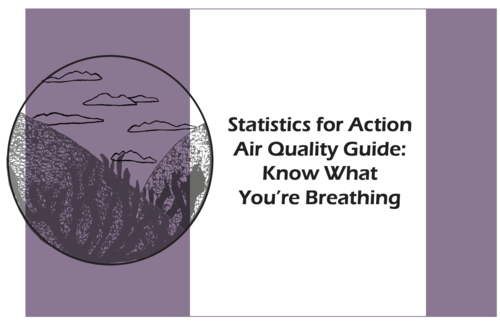blog-submission
dust
first-time-poster
netherlands
particulate
particulate-monitoring
@GreenFrogg
@GreenFrogg
Joined over 7 years ago
http://smartemission.ruhosting.nl/publications/ The pilot experimental project “Smart Emission”, is constructing an experimental citizen-sensor-network in the city of Nijmegen. This project, as part of research program ‘Maps 4 Society,’ is one of the currently running Smart City projects in the Netherlands. A number of social, technical and governmental innovations are put together in this project: (1) innovative sensing method: new, low-cost sensors are being designed and built in the project and tested in practice, using small sensing-modules that measure air quality indicators, amongst others NO2, CO2, ozone, temperature and noise load. (2) big data: the measured data forms a refined data-flow from sensing points at places where people live and work: thus forming a ‘big picture’ to build a real-time, in-depth understanding of the local distribution of urban air quality (3) empowering citizens by making visible the ‘externality’ of urban air quality and feeding this into a bottom-up planning process: co-interpret the mapped feedback data, discuss and collectively explore possible options for improvement to get a fair and ‘better’ distribution of air pollution in the city. The approach is based on the philosophy of ‘bottom up urban planning,’ from local places to city-government levels. We analyse how planning practice can benefit from seizing the opportunity of enabling technologic capacities and advancements of small and low-cost sensors, sensor data, Spatial Data Infrastructures and dispersed Geographic Information Flows. In our view, focusing these technological innovations on what economists call ‘externalities’, brings these externalities on the table and puts them in the spotlights for the eyes of citizens and city-planners. Being measured and counted transforms externalities as air quality from ‘unaccounted for,invisible side-effects’, treated separately from economic choices, into traceable ‘feedback’ about the state of our cities, and our own role in it.














RSS feed for GreenFrogg